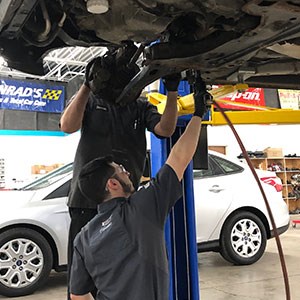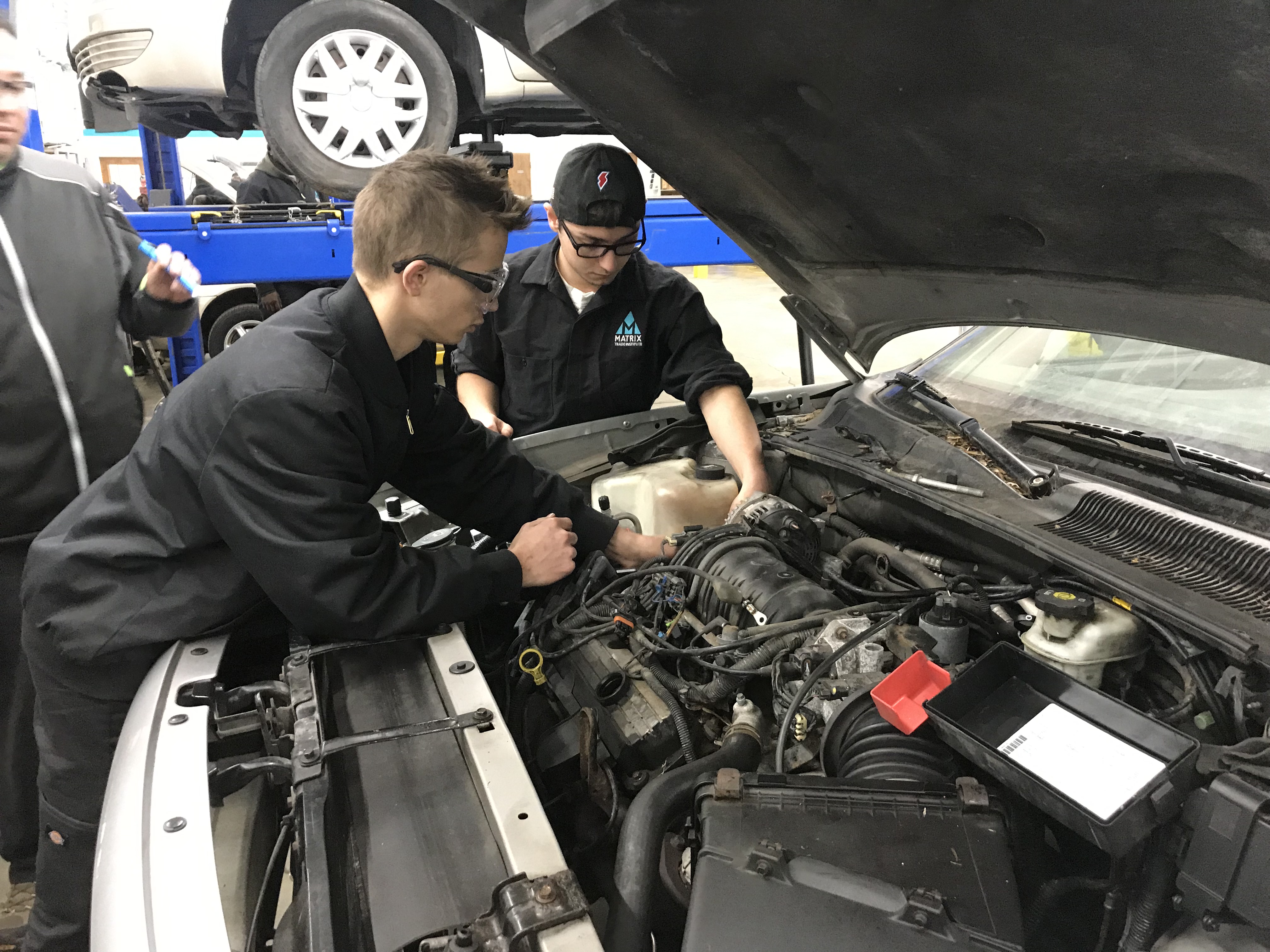A hands-on model for training and upskilling workers
Fact: All trades are desperate for skilled and dedicated professionals.
In the automotive sector, for example, with 50% of auto mechanics retiring in the next decade, the need for trained mechanics is paramount. To make matters worse, fewer people are entering and staying in that industry than ever before. Meanwhile, the Ubers and Amazons of our delivery-to-your-door-crazed society are pushing the number of vehicles on the road domestically to an unprecedented 300 million — and all of those vehicles need regular service and maintenance.
Some faulty assumptions about the workforce and the industry:
- Millennials don't want to work.
- Being successful requires spending years incurring debt to earn a college degree.
- There's no money to be made as an automotive or collision-repair mechanic.
Questions worth asking:
- What is the automotive repair industry doing to cope with the impending avalanche of cars that need to be fixed in a timely manner?
- With so many auto mechanic jobs available, why aren't aspiring mechanics flocking to the industry?
- Why are current mechanics defecting from the trade instead of advancing their careers?
It's important to note that, according to Automotive News, half of entry-level mechanics hired from traditional postsecondary automotive programs defect from the industry within just two years. What's worse, the publication found that the typical veteran mechanic would not recommend his career to a friend.
Why is the current model not working? Managers know training is needed, but they simply don't have the time or resources to grow young mechanics. In a customer-facing environment, it's not possible to instill the theory and supervised hands-on training and repetition needed for young mechanics to learn troubleshooting and efficiency. Simply put, productive mechanics can't also be professional trainers. Nor do they have a focused curriculum designed to instill growth and efficiency in the next generation of mechanics while maintaining peak productivity in a shop that is already low on manpower.
Part of the solution is to prioritize retention of current automotive mechanics over recruiting new ones. A quick Google search will result in a seemingly unlimited number of articles noting that millennials place the most value on being part of a workplace culture that promotes growth and teamwork. They want to be nurtured, valued and shown a clear path to leadership. This is why on-the-job-training in an established dealership or automotive repair shop tends to offer more negatives than positives.
What such businesses — and other industries in search of an influx of skilled tradespeople — need is access to a training partner that will simulate the speed and pressures of a live shop environment to produce mechanics who can enhance cash flow upon entry.
Another aspect of the solution is having that partner recruiting and then training new workers in the exact same fashion as existing mechanics are trained and upskilled, so that both learn the same language and the same applications, ensuring that internal development is in harmony with new employee training and expectations.
The reality is that the traditional training model needs a facelift. Most trade schools waste students' time and money while setting unrealistic expectations of what the job will look like. We know traditional learning isn't for everyone, so there must be an option for the hands-on learner who wants to go from learning to earning in a short amount of time. There needs to be a quick transition for the 27-year-old parent who has bills to pay but wants to enter the field and can't wait two years to start bringing in paychecks.
In order to appeal to the next generation of future auto mechanics, or anyone looking to get into any similar trade, it is imperative that schooling be accelerated, hands-on and interactive. Today's students need to be armed with the knowledge, tools, real repetitions and critical efficiency skills necessary to be instantly productive, which in turn makes them valuable and able to meet the critical demand for trade services.
No matter the trade, it's important for employers to search for training that will jolt their employees quickly with hands-on learning. The old model of textbooks and two-year degrees is not working. In its place, a 20-week training school that incorporates virtual, game-style learning and real-world applications is an attractive and attainable alternative. Such programs exist and their approach can teach the necessary job skills, quickly and efficiently, to skyrocket any aspiring tradesperson up the career ladder.
Disrupting the way training has always been done may be what the auto sector and plenty of other industries need to do to survive today's tumult and push into the future.

